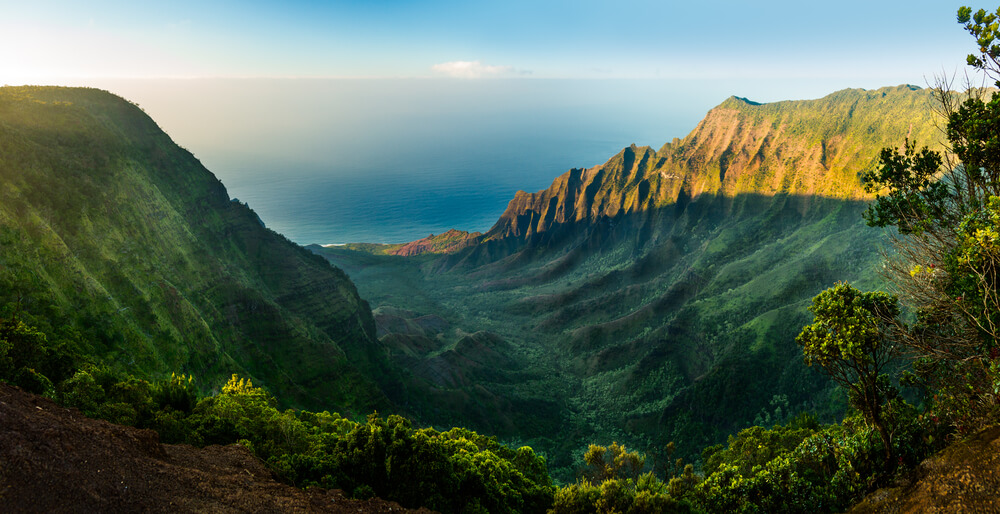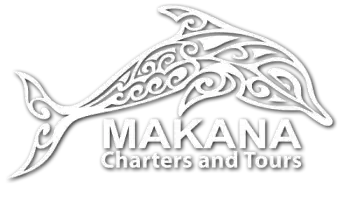The Hawaiian Islands are known for being a top destination for food trips, hiking and sea adventures, and picturesque sceneries. Up north lies Kauai, the oldest and greenest of these islands, which is estimated to be about 5 million years old and was once called the Separate Kingdom because of its distance from the rest of the islands. With its great antiquity and separateness, the island holds a rich historical background different from the other islands, which can be traced through spots and relics still present today.
If you’re planning to visit this old paradise soon, a glimpse of its transformative historical events may give you a more vibrant understanding of a few attractions and the way Kauaian locals live. Liven up your trip with these these 5 interesting points in Kauai’s history:
Early Settlements: The Marquesans and Tahitians
Around 600 A.D., seafarers from the Marquesas Islands arrived in Kauai’s shores. These waves of early settlers were called the Marquesans and thrived on the island of Kauai through fishing and agriculture. Hundreds of years later, the Tahitians joined them on the island. Although these two groups fought for their settlements on Kauai’s shores, both are said to have used impressive engineering and construction skills in constructing significant agricultural projects.
The numerous aqueducts and artificial pools that these first settlers built still sustain the indigenous people of Kauai. One of their most remarkable constructions, the Aleleko Fishpond, is said to have brought generations of prosperity to Kauai’s people albeit being built in just one night.
Cook’s Landing at Waimea Bay
In 1778, James Cook and his crew docked on Kauai’s first port, Waimea, marking the first encounter of Europeans with native Hawaiians. Since then, more Westerners came in and transformed the island’s economy, lifestyle, and culture.
Reign of Kamehamehas
While Western contact continued to spread throughout the rest of the Hawaiian Islands, Kauai was being led by Kamehameha the Great, who gained kingship of Kauai through its former king’s surrender. During his leadership, Kauai was placed under his exclusive control, together with islands Maui, Molokai, and Oahu.
However, Kauai’s former king, Kaumuali’i continued welcoming Westerners to the island despite Kamehameha’s orders to force every one of them to leave. Upon knowledge of Kaumuali’i’s unwarranted friendliness, Kamehameha’s first born son, LihoLiho (also known as Kamehameha II), placed the former king in exile on Oahu. Kaumuali’i died 3 years after being imprisoned, which marked the end of Kauai as an independent kingdom and made it part of the Hawaiian Kingdom. This eventually brought a change into Kauai’s form of government, population, and land use system.
Kauai’s Economy Grows
Hawaii’s location in the mid-Pacific made it an ideal stop for ships during the trading era, which opened opportunities for the people of Kauai to begin trading fur, sandalwood, and sugar in 1790. By being accessible and capable of producing quality goods, plantation culture grew on the islands and greatly boosted the local economy.
Relics of Kauai’s trading history is preserved at the Old Koloa Town where the first sugar plantation was built. Because Hawaii’s economic success trace back to sugar plantations founded on Kauai, Plantation Day continues to be celebrated on the island at the end of July annually.
Besides sugar, Kauai was also known to be big on trading coffee and pineapples. With the commercial and agricultural progress that accompanied Kauai’s economic growth, the islands experienced modern developments and started accepting immigrant workers to engage in large-scale planting, harvesting, and processing.
Tourism Expansion
When World War II ensued, interruptions in economic development forced major sugar plantations, pineapple canneries, and farms to close down. Consequently, the people of Kauai were left with hardly any alternative sources of employment and had to build on another industry to keep thriving. Luckily, the waning plantation culture still attracted tourists until the end of the war, which kickstarted Kauai’s commitment to tourism as a new source of income for its people.
By 1970, Kauai’s annual visitor count reached 426,000, which paved the way for new hotels to be built on Poipu, Hanalei, and Wilua. Even Hollywood caught up with Kauai’s newly gained popularity, and chose the island as scenic backdrops for various films.
As the century ended, Kauai founded competence in tourism, and revived agriculture and fishing. It continues to be a top destination for tourists seeking scenic and relaxing vacations, with the locals unrelentingly keeping the island’s beauty and culture intact.
Kauai is not only Hawaii’s greenest island, but also a fortress with rich history that extends thousands of years. You now have a few points of the island’s history to marvel in, but Kauai has more legends, heroes, and relics to explore. Include a visit to a museum or historical exhibit on your trip to the island, and make your vacation more enjoyable by going deeper into this mysterious island’s past.
Editor’s Note: This post was first published on 3 March 2020 and has been updated regularly since then for relevance and comprehensiveness.


